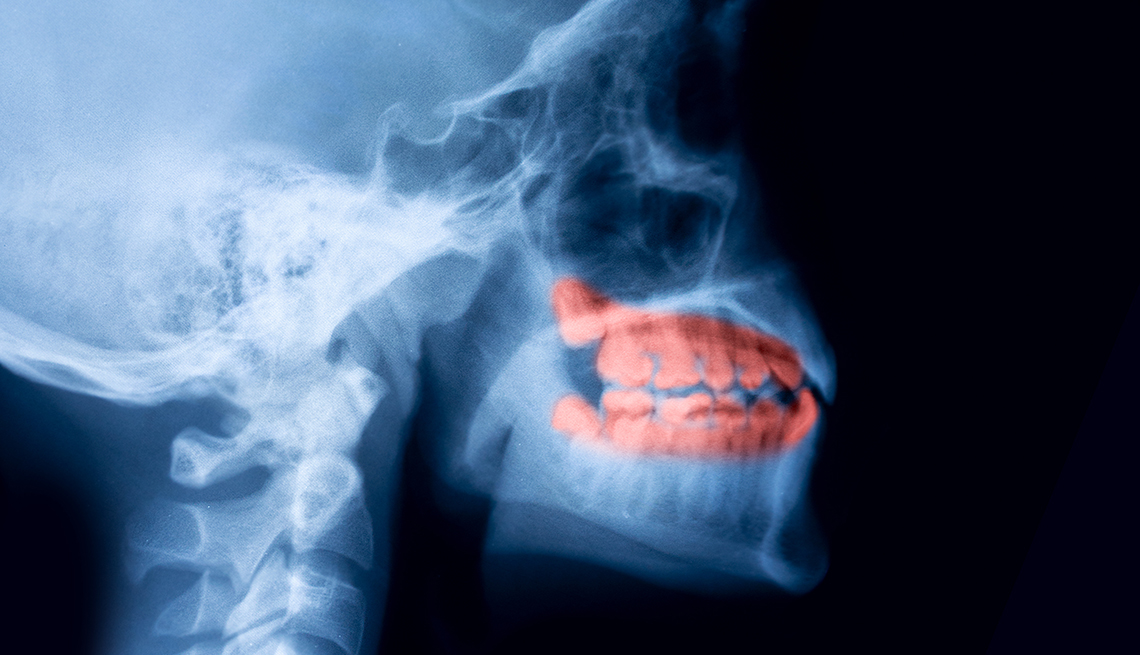
Recognizing tooth decay: 6 early warning signs
- Select a language for the TTS:
- UK English Female
- UK English Male
- US English Female
- US English Male
- Australian Female
- Australian Male
- Language selected: (auto detect) - EN
Play all audios:

The COVID-19 pandemic has taken a toll on oral health. Due to the fear of getting sick, people have either avoided going to the dentist or have been unable to go because of dental office
shutdowns. The consequences are being seen now. In 2021, the American Dental Association (ADA) Health Policy Institute surveyed a group of dentists. More than 30 percent said their patients
had more tooth decay — cavities and gum disease — than before the pandemic. Among those surveyed, more than 70 percent had seen significant increases in patient stress-related conditions,
including teeth grinding and clenching. These dentists also reported seeing an increase in chipped and cracked teeth and temporomandibular joint disorder (TMD) symptoms like headaches and
jaw pain. Tooth decay is damage to the tooth’s surface, which is called enamel. It occurs when bacteria in your mouth make acids that attack your tooth enamel. When these bacteria combine
with food, they form a soft, sticky film called plaque. The bacteria in plaque use the sugars and starches in what you eat and drink to make acids. Those acids can eat away at the minerals
on your tooth enamel. Over time, plaque that isn’t removed can harden into tartar. Plaque and tartar can not only erode your teeth but also irritate your gums and cause gum disease. “The
American Dental Association recommends two visits a year to prevent decay,” says Leena Palomo, professor and chair of periodontology and implant dentistry at New York University College of
Dentistry. Keeping teeth healthy requires daily care, including regular brushing and flossing, and can help you keep an eye on your teeth for any developing problems. The earlier problems
are detected, the more likely your dentist can successfully treat them. Once you’ve begun to see or feel problems like tooth sensitivity and bleeding gums, decay may have already occurred,
Palomo adds. Here are some warning signs of dental decay. 1. SENSITIVITY TO HOT, COLD AND SWEET DRINKS OR FOOD Healthy teeth, according to the ADA, contain a layer of enamel that protects
tooth crowns or the parts above your gumline. Under the gumline, a layer called cementum protects the roots of the teeth. Dentin, which is less dense than enamel or cementum, is the layer
under the tooth enamel and is composed of microscopic, small, hollow tubes or canals. When dentin, which is protected by the enamel and cementum, is exposed, sensitivity to cold, hot, sweet
and sticky food and drink can reach the nerves and cells inside the teeth, resulting in hypersensitivity. “If you don’t see a dentist when you start to feel the sensitivity, you’ll get to
the point that you won’t even want to eat some of your favorite foods,” Palomo says.
